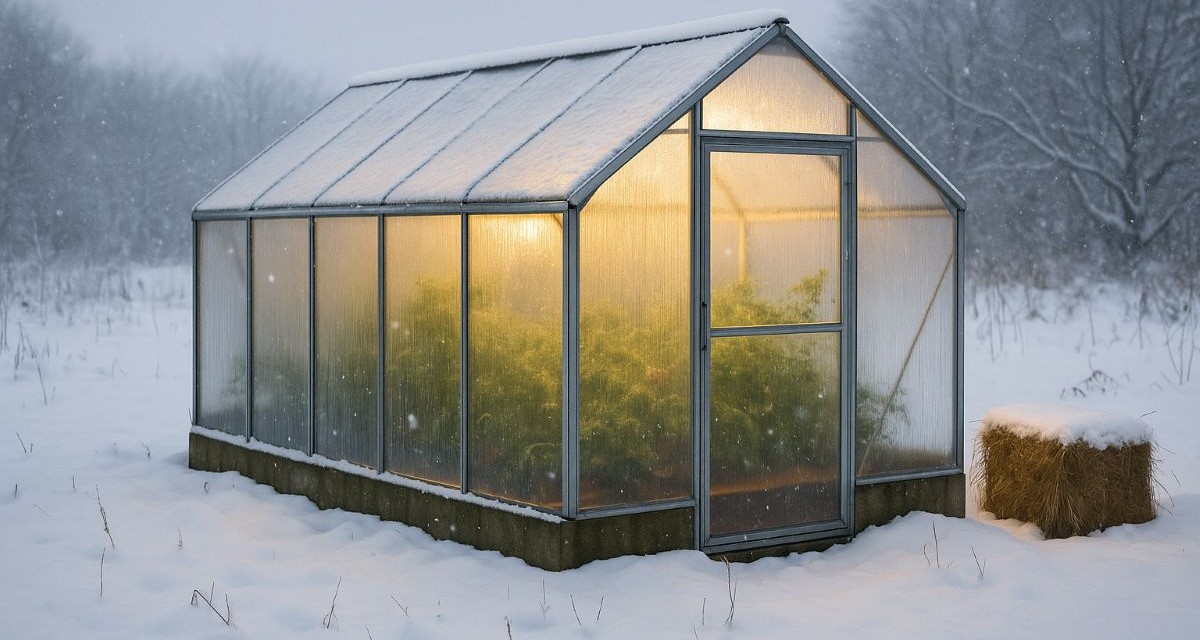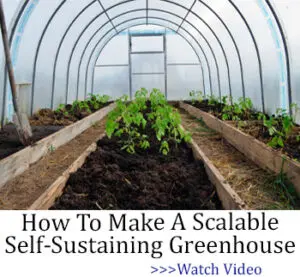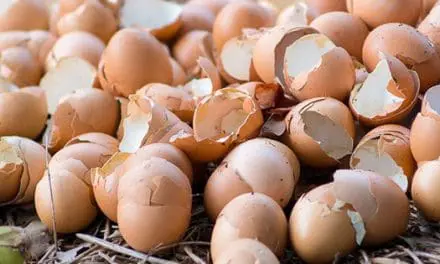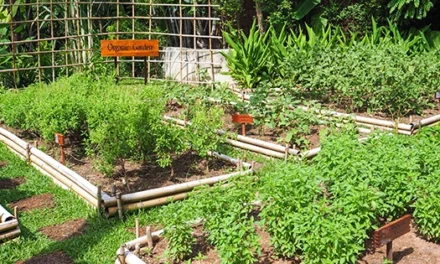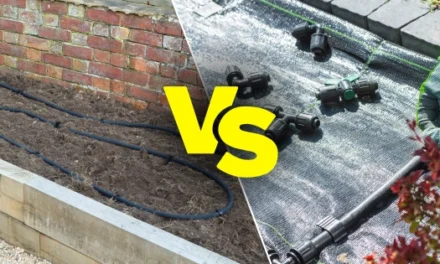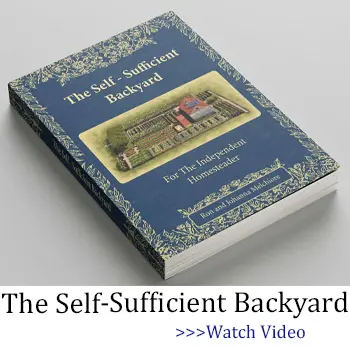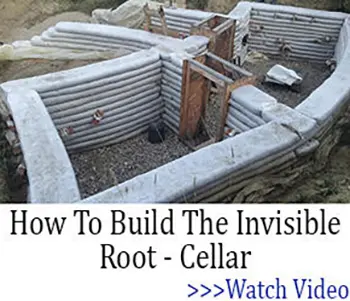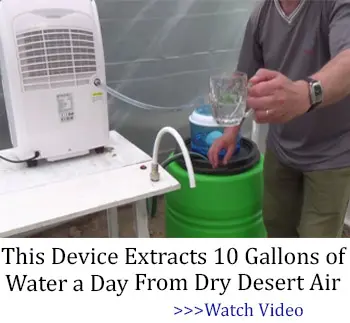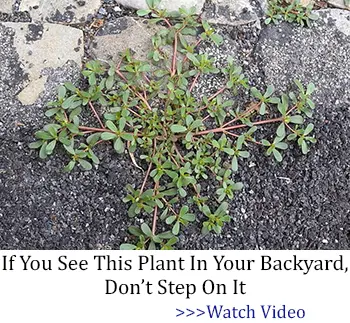Greenhouses are powerful allies in the garden, extending the growing season and protecting plants from the harshest conditions. But when winter’s chill settles in, even the sturdiest greenhouse can become a frosty trap if not properly managed. Keeping warmth inside isn’t just about comfort—it’s about ensuring that delicate seedlings and hardy winter crops thrive rather than struggle.
Beyond simple survival, maintaining warmth allows gardeners to continue harvesting nutrient-rich greens and herbs at a time when fresh produce is scarce. This has always been one of the greatest gifts of greenhouse gardening: the ability to maintain a connection to fresh food and living plants even in the heart of winter.
The task may seem daunting, but with the right balance of methods, it’s not only achievable but surprisingly efficient. Many gardeners find that the adjustments they make in winter—insulation, thermal storage, and airflow control—end up improving the greenhouse year-round.
Understanding Heat Loss in a Greenhouse
Before diving into solutions, it’s important to understand how heat escapes. A greenhouse loses warmth through three main avenues: the glazing (glass or plastic walls), the ground, and air leaks. Even small drafts or poorly insulated frames can undo all your hard work. Recognizing these weak spots helps you make simple yet effective adjustments that keep your plants safe.
Heat loss is most noticeable at night when temperatures drop sharply. What feels like a gentle draft during the day can become a freezing current after sunset. Paying attention to when and where these cold spots appear can give you insight into the most urgent fixes.
Gardeners of the past often built their greenhouses into hillsides or added brick foundations to retain warmth. While we may not all have those luxuries, the principle remains the same: the more you understand where heat goes, the better you can prevent it from escaping.
Passive Heating Strategies
The most reliable methods are often the simplest. Passive heating relies on capturing and holding natural warmth from the sun and the earth. Water barrels painted black, placed strategically inside, act as thermal mass: absorbing heat during the day and releasing it at night. Similarly, stone or brick pathways within a greenhouse can store daytime warmth, reducing overnight temperature drops.
Adding an extra layer of insulation to your greenhouse can also work wonders. Floating row covers over sensitive plants, bubble wrap along glazing panels, and even simple straw bales around the base help trap valuable heat. These traditional tricks often outperform costly upgrades when combined thoughtfully.
Another often-overlooked trick is orientation. A greenhouse positioned to capture maximum sunlight, particularly from the south, naturally collects more warmth. While you can’t always move an existing structure, you can improve its efficiency by trimming back trees or placing reflective surfaces nearby.
Even something as humble as a layer of mulch can help regulate soil temperatures inside the greenhouse, protecting roots from the deep cold. These small measures add up, reducing the need for constant supplemental heating.
Supplemental Heating Options
For those in regions with harsher winters, passive measures may not be enough. In such cases, supplemental heat becomes a necessity. Small electric or propane heaters designed for greenhouses can provide consistent warmth, though they come with an ongoing cost. Renewable solutions like compost-heated beds—where decomposing organic matter generates warmth—offer a sustainable alternative.
Wood-burning stoves are another tried-and-true method, especially in rural settings where wood is plentiful. These not only warm the space but also create an atmosphere reminiscent of old homesteads, where survival relied on resourcefulness and practicality.
Another low-cost approach is the use of heating cables or mats under seed trays and beds. While they don’t warm the entire structure, they provide targeted heat to the root zones, often enough to keep plants thriving without raising the ambient air temperature too high.
Some gardeners also rely on solar-powered fans and heaters to bridge the gap. While less predictable in cloudy weather, they provide clean energy that reduces dependence on fuel or grid electricity. In a long winter, every source of heat has its place.
Improving Insulation and Reducing Drafts
Insulation is often underestimated. A simple second layer of glazing—such as polycarbonate sheeting—creates an air gap that reduces heat loss dramatically. Sealing joints, repairing cracks, and checking vents for leaks should become routine before winter arrives. Remember, keeping the cold out is just as important as generating heat inside.
Lining the north wall with reflective materials like foil-faced insulation or even recycled items can bounce sunlight back onto plants, increasing light efficiency and warmth. Small adjustments like these accumulate into noticeable differences.
In addition, consider installing thermal curtains or shades that can be drawn at night and retracted in the morning. These help retain heat after sunset while still allowing full sun exposure during the day. It’s a small investment that pays off quickly.
Straw, hay, and even old rugs or blankets draped over vulnerable areas can act as insulation during especially harsh cold snaps. Sometimes the most effective solutions are the ones that generations before us used without hesitation.
Choosing the Right Plants for Winter
Even the warmest greenhouse has limits, and working with nature rather than against it is wise. Cold-hardy crops like kale, spinach, lettuce, and certain herbs thrive in cooler temperatures and require less intervention. By pairing thoughtful heating methods with suitable crops, you reduce stress on both your plants and your resources.
This approach echoes traditional gardening wisdom: match the plant to the season, and you’ll find success with far less effort.
It’s also important to consider plant placement within the greenhouse. Cold-sensitive crops should be positioned closer to heat sources or wrapped in protective covers, while hardier plants can occupy the cooler zones. This layered approach maximizes the efficiency of every degree of warmth you generate.
And remember, winter growing isn’t just about vegetables. Hardy herbs like thyme, parsley, and chives can flourish under cooler conditions, adding both nutrition and flavor to winter meals. These plants provide diversity and resilience when diets often become limited.
Final Thoughts
Keeping a greenhouse warm in winter is not about fighting nature—it’s about partnering with it. By combining passive solar gain, insulation, supplemental heating, and smart plant choices, you create a balanced environment that supports growth through the darkest months. The old homesteaders understood that resilience comes from preparation and adaptation. Today, those same principles guide us as we tend our greenhouses, ensuring fresh harvests even when snow lies thick outside.
Every improvement you make to your greenhouse in winter creates lasting benefits. Stronger insulation, better air circulation, and thoughtful design carry forward into spring and summer, giving you healthier plants year-round.
Above all, keeping your greenhouse warm is an exercise in stewardship—caring for your plants with foresight and respect. It is a reminder that, even in the coldest months, the cycle of growth continues when we take the time to work with nature instead of against it.
How Big a Greenhouse Do I Need?
Even If You Have a Water Stockpile, You Need to Learn This (Video)
Can You Do Electroculture in a Greenhouse?
What Is a Freestanding Greenhouse? Everything You Need to Know

